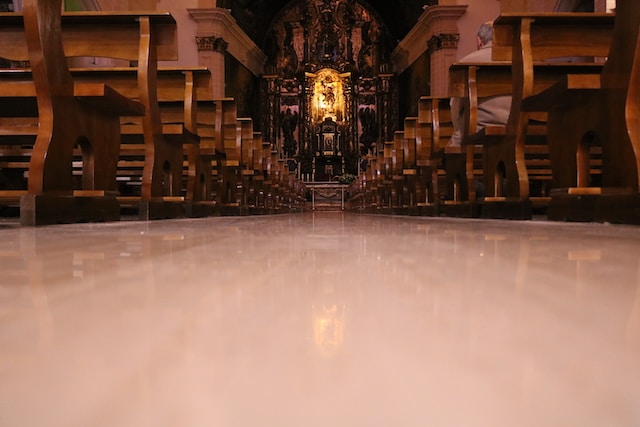Are you looking for the best floor material for your home?
With the pandemic affecting construction and leaving homes across the country unfinished, choosing the best flooring for your home is more complicated than ever. And with as many options as there are, it can be impossible to know where to start.
But given the vast range, how exactly do you go about choosing the best floors for your home? Keep on reading for all the answers!
Understanding the Different Types of Flooring
When it comes to choosing the best floor material for your home renovation, it is important to understand the different types of flooring available on the market. The most popular flooring materials are hardwood, tile, carpet, laminate, and vinyl.
Each material has distinct features, advantages, and disadvantages that should be considered when making a flooring decision. Hardwood is a timeless material that adds value and luxury to your home; however, it can be subject to scratching and denting.
Tile is a great option for high-traffic areas, as it is durable and easy to maintain but also can be chilly in the winter. Carpet can reduce noise and add warmth, but it is prone to staining.
Laminate is a less expensive option that is versatile and low maintenance but is not as durable as other materials. Vinyl is water and scratch resistant, and it’s easy installation and low maintenance make it a popular option for homeowners. You may even consider an oak flooring unfinished so you can design it the way you want it.
Evaluating Your Needs and Preferences
When evaluating your needs and preferences for home flooring, the first step is to assess what is important to you. Consider your lifestyle; if you have children or pets, will you need something that is resistant to everyday wear and tear?
If you are looking for something beautiful that adds to the interior decor of your home, look into materials that are low-maintenance and easy to clean. Consider the climate you live in; for cold conditions, a warm, cushiony material may be preferable, whereas if you live in a warm climate, something that is durable and heat-resistant may fit the bill.
Determine your budget and look for materials that will work within it. And if sustainability and eco-friendly options are a priority for you, there are plenty of floor covering materials available, from cork to bamboo, that satisfy that requirement.
Weighing Durability and Ease of Maintenance
When weighing durability and ease of maintenance when selecting the best floor material for your home, it is important to consider your lifestyle as well as personal preferences.
Hardwood floors can provide a durable and easy-to-maintain option if you’re looking for a classic look, however, they may require refinishing or sealant from time to time. Carpet offers a softer feel underfoot and is more resilient to stains and dirt but may require steam cleaning at times.
Laminate flooring is also a great floor material option, as it offers a more realistic wood look, is easy to clean, and is very durable. Tile floors are even more durable than laminate, but they can be more difficult to maintain due to staining and the high level of water they require for cleaning.
Learn to Choose the Best Floor Material
Overall, doing research and considering the pros and cons of each floor material is the best way to decide. You should also pay attention to lifestyle considerations such as maintenance and installation costs associated with each material.







